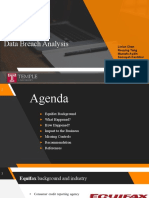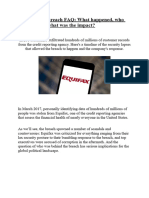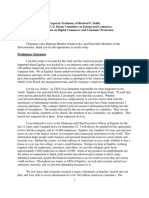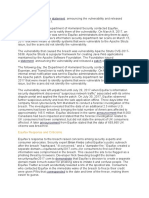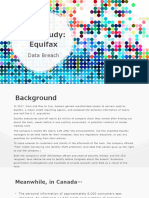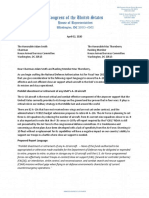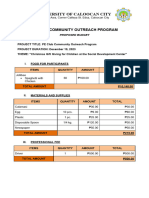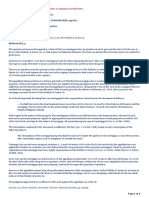0% found this document useful (0 votes)
110 views6 pagesEquifax SQL Injection
An SQL injection attack on Equifax's web application in 2017 exposed the personal data of 143 million customers. The attackers gained access to Equifax's systems in May 2017 but the breach was not discovered until July 2017. Equifax faced lawsuits and fines totaling hundreds of millions due to inadequate security practices.
Uploaded by
rehbarnaqvi0510Copyright
© © All Rights Reserved
We take content rights seriously. If you suspect this is your content, claim it here.
Available Formats
Download as PDF, TXT or read online on Scribd
0% found this document useful (0 votes)
110 views6 pagesEquifax SQL Injection
An SQL injection attack on Equifax's web application in 2017 exposed the personal data of 143 million customers. The attackers gained access to Equifax's systems in May 2017 but the breach was not discovered until July 2017. Equifax faced lawsuits and fines totaling hundreds of millions due to inadequate security practices.
Uploaded by
rehbarnaqvi0510Copyright
© © All Rights Reserved
We take content rights seriously. If you suspect this is your content, claim it here.
Available Formats
Download as PDF, TXT or read online on Scribd
/ 6

